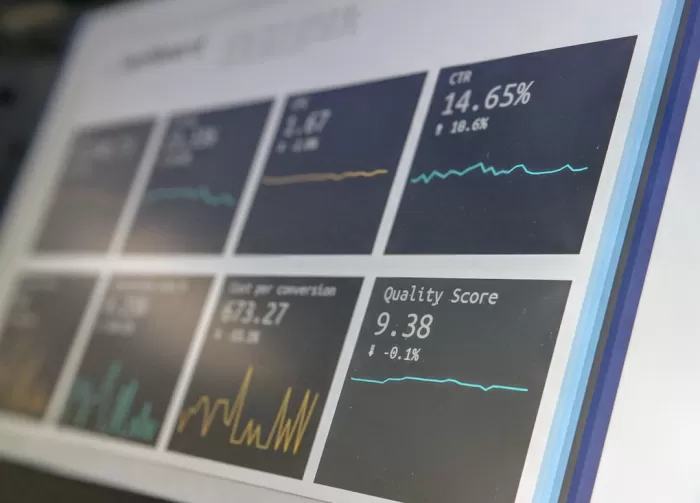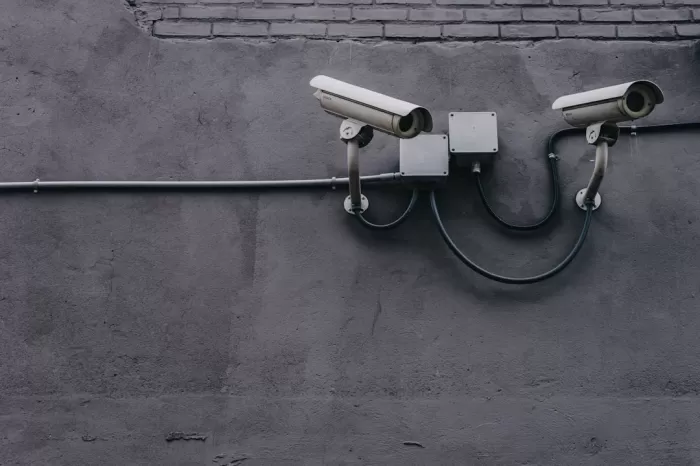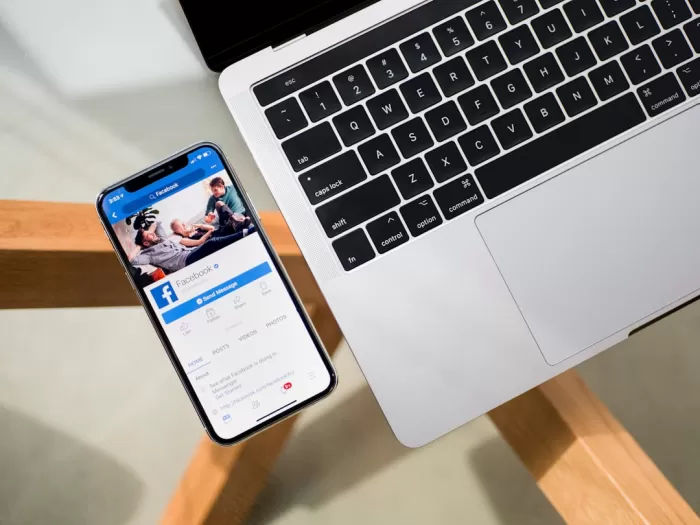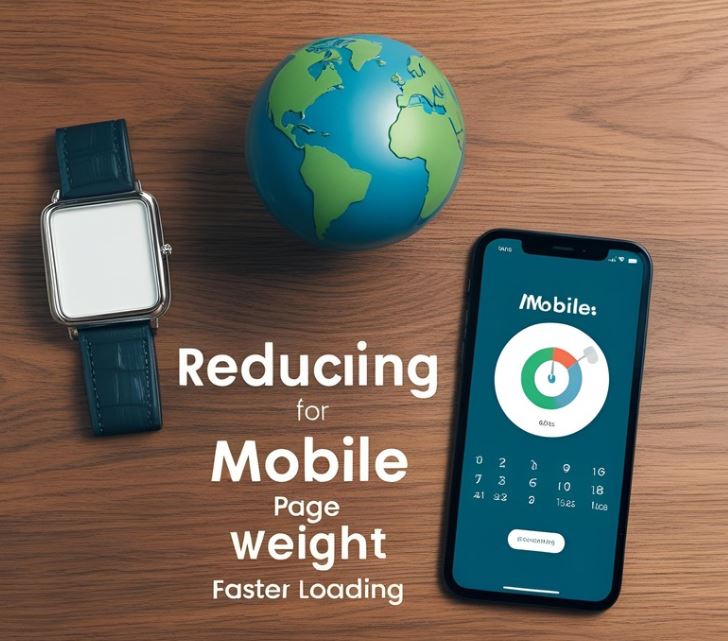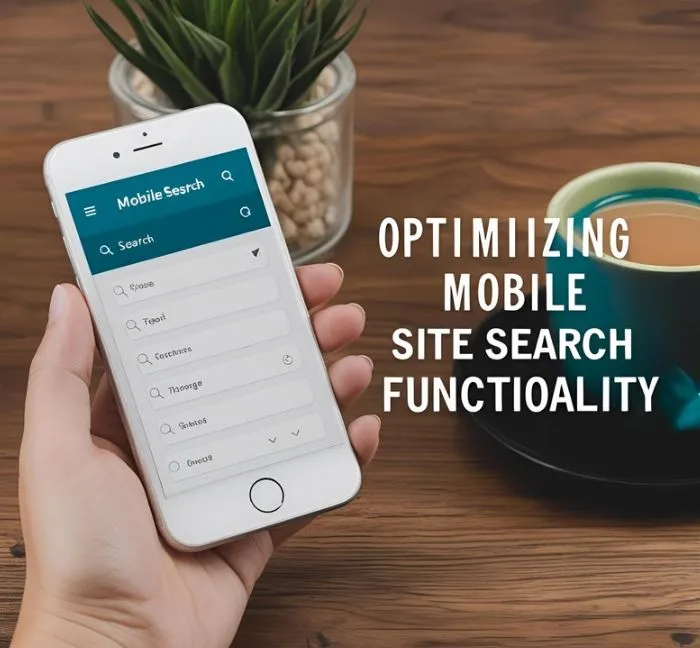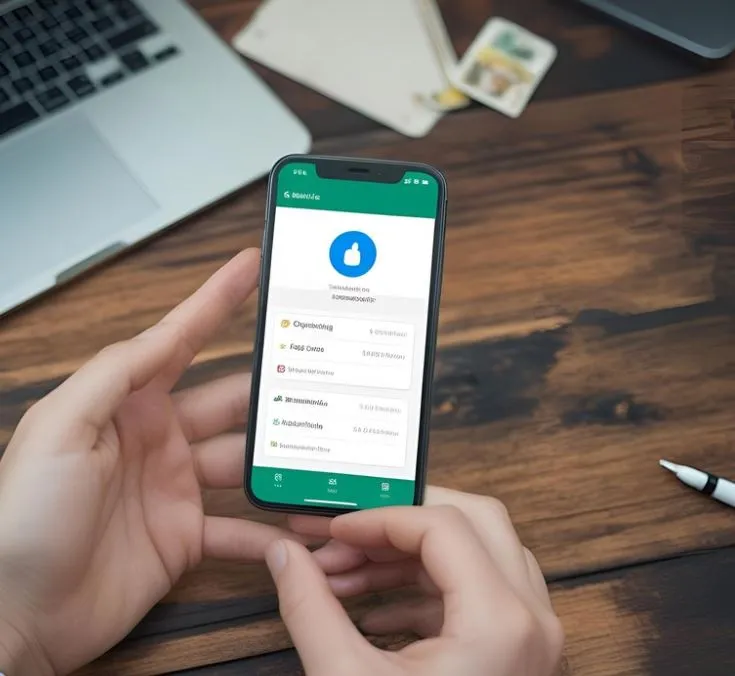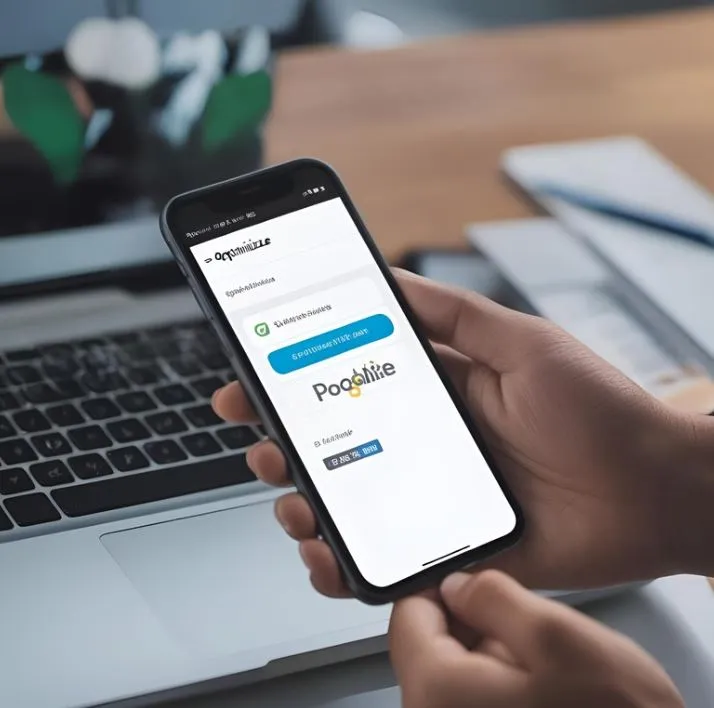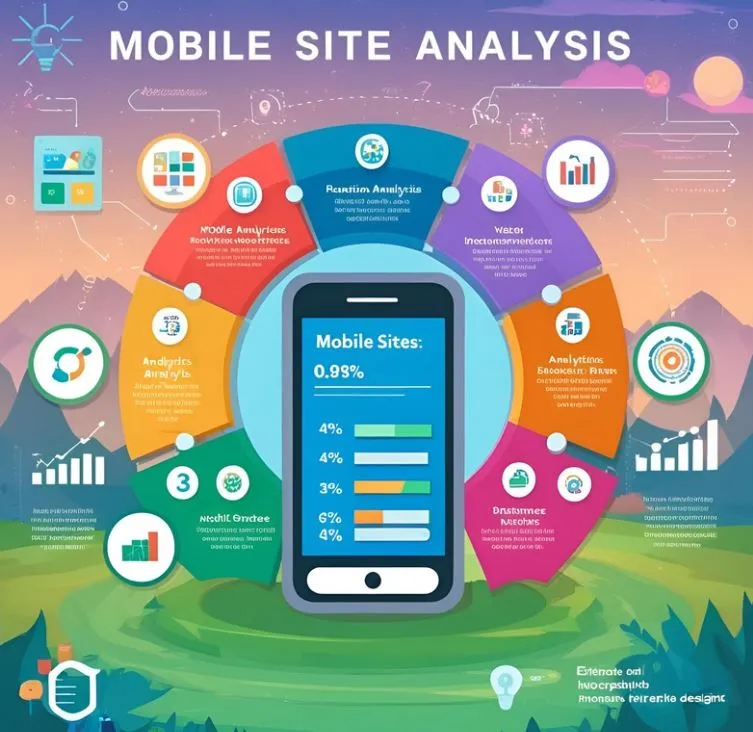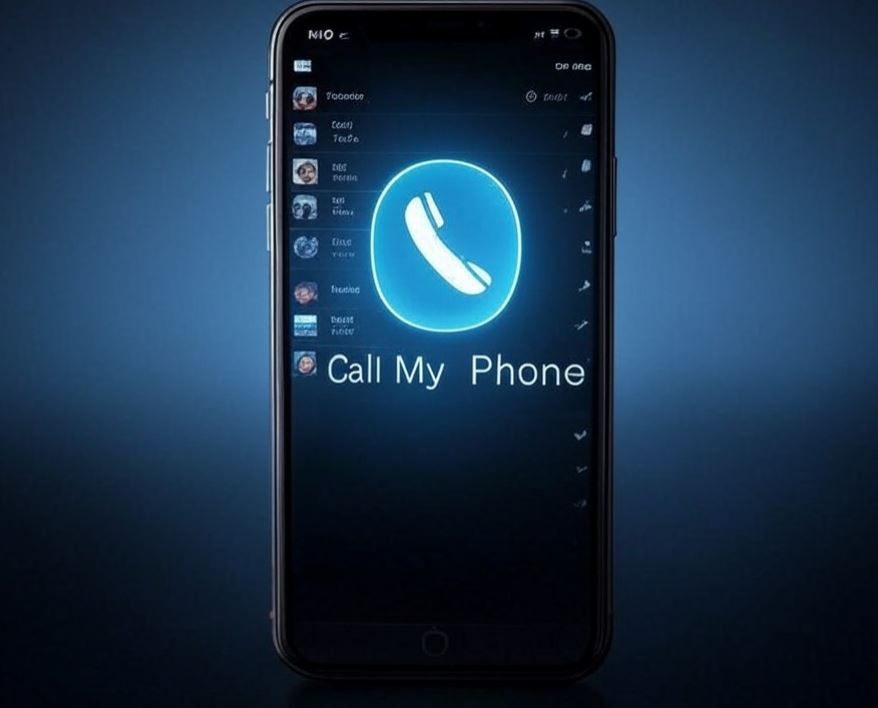
In our increasingly connected world, smartphones have become an essential part of our daily lives. These devices store our personal information, memories, and serve as our primary means of communication. However, with this reliance comes a significant concern: the possibility of losing our phones. The anxiety and stress that accompany a lost or misplaced device can be overwhelming. Fortunately, innovative applications like "Call My Phone" have emerged to address this common problem, offering a simple yet effective solution for locating lost phones.
Why such applications "Call My Phone" are necessary
Before delving into the specifics of "Call My Phone," it's crucial to understand why such applications are necessary. The average smartphone user checks their device dozens of times a day, making it an integral part of their routine.
When a phone goes missing, it's not just the physical device that's lost, but also access to important contacts, personal and work-related information, and in many cases, financial data. The potential for this information to fall into the wrong hands adds another layer of urgency to the situation.
Moreover, the cost of replacing a lost or stolen smartphone can be substantial, especially considering the rising prices of high-end devices. This financial aspect, combined with the emotional distress of losing personal data, makes phone recovery tools not just convenient but essential in today's digital age.
Introducing "Call My Phone"
"Call My Phone" is an application designed with simplicity and effectiveness in mind. Unlike some more complex phone tracking systems, this app focuses on one primary function: helping users locate their lost phones quickly and easily. The beauty of "Call My Phone" lies in its straightforward approach to a common problem.
How It Works
The core functionality of "Call My Phone" is based on a simple premise: making your lost phone audible, even when it's set to silent mode. Here's a breakdown of how the app typically operates:
-
Installation and Setup: Users download and install the app on their smartphones. During setup, they create an account and may be asked to grant certain permissions for the app to function correctly.
-
Activation: When a phone is lost, the user can activate the "Call My Phone" feature through various means, such as logging into their account from another device or using a friend's phone.
-
Sound Emission: Once activated, the app triggers the lost phone to emit a loud, distinctive sound. This sound is designed to be easily recognizable and can often override the phone's silent settings.
-
Customization: Many versions of the app allow users to customize the sound. Options might include loud ringtones, sirens, or even recorded messages.
-
Duration: The sound typically continues for a set period or until the phone is found and the app is deactivated.
Key Features
While the primary function of "Call My Phone" is to emit a locating sound, many versions of the app come with additional features to enhance its utility:
-
Remote Activation: Users can trigger the sound from any internet-connected device, not just another phone. This could be through a web interface or a companion app on a tablet or computer.
-
Volume Override: Even if the phone is set to silent or vibrate, the app can often override these settings to ensure the locating sound is audible.
-
Battery Preservation: Some versions of the app are designed to minimize battery usage, ensuring that even a phone with low battery can still be located.
-
Last Known Location: While not as precise as GPS tracking, some "Call My Phone" apps can provide a general area where the phone was last active.
-
Scheduled Alarms: For users who frequently misplace their phones in predictable situations (e.g., at home), the app might offer scheduled alarms that automatically activate at certain times.
Advantages of "Call My Phone"
The simplicity of "Call My Phone" is its greatest strength, offering several advantages over more complex phone locating systems:
-
Ease of Use: The app doesn't require technical expertise to operate. Anyone who can install an app and follow basic instructions can use it effectively.
-
Quick Activation: In a moment of panic when a phone is lost, users don't need to navigate complex interfaces. The process of activating the locating sound is typically straightforward and fast.
-
Works Without GPS: Unlike some tracking apps that rely on GPS, which may not work indoors or in areas with poor signal, "Call My Phone" uses sound, which can be effective in most environments.
-
Privacy-Friendly: Since the app doesn't constantly track the phone's location, it can be a good option for users concerned about privacy.
-
Low Resource Usage: The app typically doesn't drain the phone's battery or use significant data when not actively in use.
-
Versatility: It's useful in various scenarios, from finding a phone lost in the couch cushions to locating it in a crowded public place.
Limitations and Considerations
While "Call My Phone" is a useful tool, it's important to understand its limitations:
-
Requires Pre-Installation: The app must be installed and set up before the phone is lost to be effective.
-
Limited Range: If the phone is out of earshot, the sound feature may not be helpful.
-
Battery Dependency: If the lost phone's battery is dead, the app cannot function.
-
Not for Stolen Phones: While useful for misplaced phones, it's not designed to track stolen devices.
-
Internet Dependency: Most versions require an internet connection to receive the activation signal.
Expanding the Concept: Additional Features in Similar Apps
While "Call My Phone" focuses on sound-based location, many similar apps offer expanded features for comprehensive phone security and recovery:
-
GPS Tracking: More advanced apps provide precise GPS location tracking, showing the phone's position on a map.
-
Remote Lock: In case of theft, users can remotely lock their devices to protect sensitive information.
-
Remote Wipe: As a last resort, some apps allow users to erase all data on the phone remotely.
-
Sim Change Alerts: Notifications if the SIM card in the device is changed, which is useful in theft scenarios.
-
Low Battery Alerts: Warnings when the phone's battery is running low, potentially giving users a last chance to locate the device before it powers off.
-
Geofencing: Alerts when the phone leaves a predetermined area, useful for both security and parental control.
-
Camera Access: Some apps can remotely activate the phone's camera, potentially capturing images of the surroundings or the person using the device.
The Broader Context: Phone Security in the Digital Age
The development of apps like "Call My Phone" reflects a broader trend in digital security and device management. As smartphones have become repositories of sensitive personal and professional information, the need for robust security measures has grown exponentially. This has led to a range of innovations:
-
Biometric Security: Features like fingerprint scanners and facial recognition have become standard on many devices.
-
Two-Factor Authentication: Many apps and services now require a second form of verification beyond just a password.
-
Encrypted Storage: Phone manufacturers are increasingly offering built-in encryption to protect user data.
-
Find My Device Services: Major operating systems like iOS and Android now offer built-in tracking and locating services.
-
Anti-Theft Features: Some phones come with features that make them less attractive to thieves, such as the ability to render the device unusable if stolen.
User Education and Best Practices
While apps like "Call My Phone" are valuable tools, they are most effective when combined with good user practices:
-
Regular Backups: Keeping data backed up can mitigate the impact of a lost phone.
-
Strong Passwords: Using robust, unique passwords for device access and important apps.
-
Awareness of Surroundings: Being mindful of where the phone is placed in public settings.
-
Updated Software: Keeping the phone's operating system and security features up to date.
-
Multiple Recovery Options: Having more than one method to locate or secure a lost phone.
